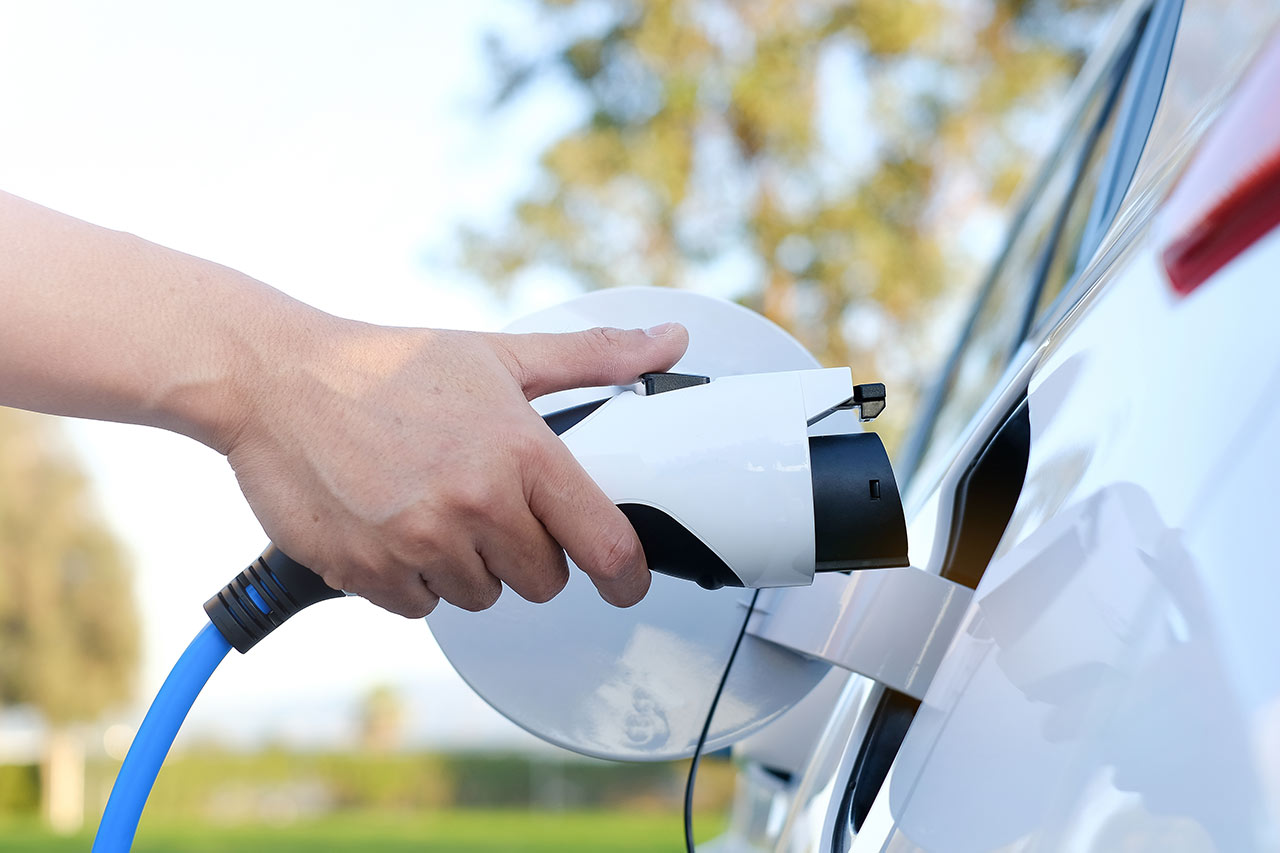Vehicle-to-grid: will the electric vehicle of tomorrow be a full-fledged energy storage source?

With the development of electromobility and the growing number of electric vehicles on the road, many questions arise about the impact of recharging them on the electricity grid. Indeed, the simultaneous recharging of a large volume of vehicles could disrupt the power grid, especially if the maximum power available locally is exceeded. Solutions are emerging to counterbalance the impact of their recharging, or even to take advantage of their assets, in particular their storage capacity. Alcimed takes stock of one of these promising technologies, the vehicle-to-grid.
While the electromobility revolution is well underway, it is crucial to question the network’s capacity to accommodate a large fleet of electric vehicles, with a risk of overloading. Innovative energy management solutions are emerging to better control the impact of electric vehicles on the grid (smart charging, V1G, development of micro-grids, etc.). As the car is generally chronically under-utilized (in France, average daily use is around 5% of the time), this opens the way to numerous possibilities for optimization.
The V2G: one of the most promising solutions to relieve networks!
The vehicle-to-grid (V2G), as the name suggests, allows the vehicle not only to capture electricity from the grid, but also to return it to the grid at the most appropriate time. Thus, the electric vehicle can relieve the grid during peak consumption and absorb excess energy during peak production, thanks to the bidirectional function offered by specific chargers. As an example, the Parker pilot project in Denmark has already demonstrated the capacity of electric vehicles to support the needs of the electric grid via the V2G: by connecting to the grid for more than 12,000 hours, Frederiksberg Forsyning’s fleet of 10 electric vehicles has made it possible to limit energy variations on the grid and keep the frequency of the grid constant. In addition to its positive impact on the environment (130,000 kg of CO2 were saved in 2 years), the project demonstrated the commercial potential of the V2G: each vehicle generated €1,860 in revenue per year for the fleet operator, who resells the stored electricity to the grid operator. The Johann Cruiff ArenA Project is another example of an ambitious V2G project, in which the Amsterdam stadium was redesigned to optimize its energy consumption and its impact on the grid during sports events and other energy-intensive entertainment.
Thus, V2G offers multiple benefits for a wide variety of players:
– For network operators: limiting network congestion and offering flexibility services
– For car manufacturers: diversify their offers by proposing new energy services around electric vehicles (low-cost recharging, free recharging, etc.).
– For end consumers (industrial companies, business units, private individuals, etc.): create savings by benefiting from remuneration offers in exchange for the service provided to the network (electricity injection at peak times).
What possible future for V2G?
Let us imagine a tomorrow’s all-electric, shared, sustainable, interconnected and autonomous mobility, based on an economy of functionality, i.e. a single means of transport where people would travel daily on intelligent and autonomous electric shuttles.
– The shuttles would be powered according to their needs for clean electricity in fast charging stations or “mega-hubs” coupled with renewable energies, where the vehicles would be parked. These hubs would be distributed in proportion to demand and in sufficient quantities for the entire vehicle fleet.
– Thanks to bi-directional charging stations, coupled with intelligent management systems and the storage capacity of electric vehicles, grid saturation would no longer exist: the use of the entire fleet of electric vehicles would make it possible to bring greater flexibility to the grid.
To achieve this mobility scheme of the future, cooperation between all mobility and energy players, but also third parties (integrators, EMS, facility managers, etc.), accompanied by the government, would be one of the keys to success.
With the V2G, the electric car has the potential to become an important link in the complex equation of future Smart Grids. The electric car would no longer just be a means of transport but could also become a pillar of the power grid by extending its functions to mobile storage. The electric vehicle associated with the V2G represents not only an opportunity for the electric system as a whole, but also for a set of very different players (network managers, car manufacturers, etc.) who could create, alone or in partnership, new offers around the V2G.
About the author
Jakub, Manager in Alcimed’s Energy Environment Mobility team in France
Do you have an exploration project?
Our explorers are ready to discuss it with you